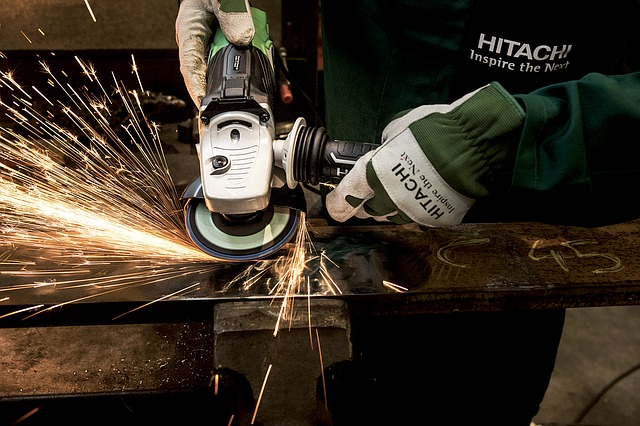– Contributed content –
4 Jan. 2019. Over three-quarters of the chemical elements that occur naturally on Earth are metals, and a lot of our Earth is made up of metal, but what exactly is metal?
When talking about metals, we mean chemical elements that are solid, the ones with relatively high melting points. Many are hard, strong, durable, shiny, silvery gray in color, good conductors of electricity and heat, and easy to work into various different shapes and forms such as thin sheets and wires.
Non-metals are pretty much everything else although there are also semi-metals or metalloids too which are elements whose physical properties and chemical properties are somewhere in between those of metals and nonmetals. Semi-metals include silicon, germanium which are semiconductors or materials that conduct electricity only under special conditions.
Then we have transition metals which include most of the common metals such as iron, copper, silver, and gold. The other group is called the rare-earth metals because as the name states, they are rare.
When is a metal not a metal?
When you look at a car or a plane, or even a motorcycle and you see lots of metal – or do you? Quite a lot of the metal-like materials around us are actually alloys which are metals that have been mixed with other elements (metals or nonmetals) to make them stronger, harder, lighter, or superior in some other way. Steel, for example, it is an alloy of iron and contains a small amount of carbon; and bronze is an alloy of copper and tin, while brass is the alloy you get when you mix copper and zinc.
Metals are needed to make so many things, things as big as airplanes or as small as batteries, you need metals, and you need a lot of them. Metals are found buried in rock with deposits of other metals. Unfortunately, it’s not that easy to extract them as they don’t exist as pure elements metals fused with oxygen atoms – also called oxides as well as other compounds.
So, producing large quantities of a metal such as iron, aluminum, or copper means you need two distinct operations. One is extracting a deposit, usually consisting of a vast amount of useless rock and smaller amounts of useful metals from a mine or quarry. Then you need to refine it to get the metals away from their oxides into the pure form that we need.
Luckily for us, it’s very to buy the metal as we need it, places such as Wasatch Steel online steel sales which are a specialist but you can even find copper sheets and other metals on Amazon and eBay.
While metals are malleable and relatively easy to work into new shapes and forms, they don’t wear out quickly or break easily. However though they can crack or snap eventually through wear and tear, most metals are opaque, shiny and silvery gray in color apart from gold and copper and most metals conduct electricity well and feel instantly cold to the touch.
Editor’s note: The opinions in this post are the contributor’s and not those of Science & Enterprise.
* * *


 RSS - Posts
RSS - Posts
You must be logged in to post a comment.